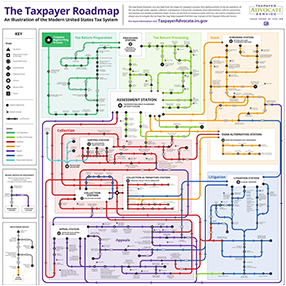FAQs About the New Clean Vehicle Tax Credit

Taxpayers who purchased an all-electric, plug-in hybrid, or fuel cell electric vehicle last year could be eligible for a tax credit of up to $7,500. Because a number of changes were made to this credit last year, there is still a lot of confusion about who qualifies for it and how it is claimed. To help you get ready for tax season, we’ve included answers to some of the most common questions we receive about the new clean vehicle tax credit.
Who Qualifies for the Credit?
Taxpayers can qualify for the clean vehicle tax credit if they purchase a new, qualified plug-in EV, or fuel cell electric vehicle (FCV). The credit is available to both individuals and businesses, who must be able to prove that they:
- Bought the vehicle for their own use and not for resale; and
- Use the vehicle primarily in the U.S.
There are also limitations on the taxpayer’s modified adjusted gross income (AGI). For instance, in order to be eligible for this credit, a taxpayer’s AGI cannot exceed:
- $300,000 for married couples who file jointly;
- $225,000 for heads of households; and
- $150,000 for all other filers.
Taxpayers attempting to claim the clean vehicle credit can use their modified AGI from the year they took delivery of the vehicle or the year before, whichever is lower.
What Counts as a Qualified Vehicle?
To qualify for the new clean vehicle credit, the vehicle in question must:
- Have a battery capacity of no less than seven kilowatt hours;
- Have been given a gross vehicle weight rating of less than 14,000 pounds;
- Have been produced by a qualified manufacturer;
- Have been assembled in North America; and
- Meet mineral and battery component requirements (for vehicles purchased after April 18, 2023).
Even if the vehicle qualifies, a person can’t claim the credit unless he or she bought the vehicle new and the seller provided the required information at the time of the sale (to the buyer and the IRS). Finally, the suggested retail price of the vehicle can’t exceed $80,000 for SUVs, trucks, and vans or $55,000 for all other vehicle types.
How Much is the Credit?
The amount that a taxpayer can receive in the clean vehicle credit depends on when the vehicle was delivered, regardless of the purchase date. For qualifying cars delivered between January 1st and April1 17th of 2023, taxpayers could receive a credit of up to $7,500, which breaks down to:
- $2,500 for the base amount;
- An additional $417 for vehicles with at least seven kilowatts hours of battery; and
- Another $417 for each kilowatt hour of battery capacity beyond the standard five hours.
The numbers are a bit different for vehicles delivered after April 18th, 2023, where taxpayers could qualify for:
- $3,750 if the vehicle meets only the critical minerals requirement;
- $3,750 if a vehicle only meets the battery components requirement; or
- $7,500 if the vehicle meets both requirements.
Do You Need Help Claiming the Clean Vehicle Credit?
To claim the new clean vehicle tax credit, a taxpayer will need to file Form 8936 with his or her tax return. For help claiming this credit, or for assistance with another tax-related question, please call CPA, former FBI Special Agent, and experienced nationwide tax return preparation lawyer Ronald Cutler, P.A. today.
Sources:
irs.gov/credits-deductions/credits-for-new-clean-vehicles-purchased-in-2023-or-after
irs.gov/pub/taxpros/fs-2023-22.pdf



